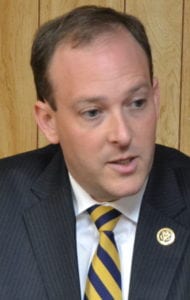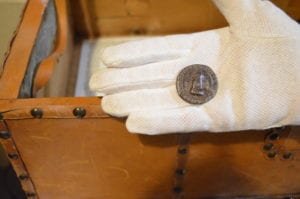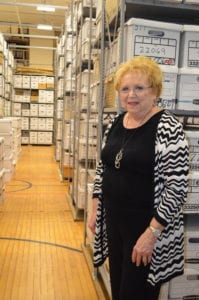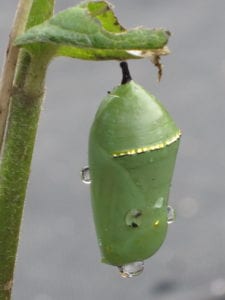By Donna Deedy
Who doesn’t love a ladybug? Everyone seems to hold at least a certain amount of affection for the insect. So, people might find the news somewhat heartbreaking: Certain species of the
polka-dotted bug are threatened and nearly extinct in the Northeastern United States.

Scientists say they don’t know precisely how or why the ladybug population has declined so rapidly in recent decades or what impact it will ultimately have on the ecosystem, but they’re asking the public to assist with their efforts to both search for the bug to document the population and to help revive the species by purchasing insects to set free.
“It’s a now or never,” said Leslie Ladd Allee, an entomologist from The Lost Ladybug Project, an affiliate of Cornell University. “If citizens act as scientists, they can help.”
If you see a ladybug, people are asked to simply upload a photo of it to The Lost Ladybug Project’s website or its app, called LLP. If you don’t see any on your own land, the project organizers consider that “zero” still important to report. Searching can be done from May to October, with June, July and August being the best time frame.
Over the last eight years, the project has gathered more than 40,000 pictures of different species of the ladybug from every state in the U.S. and parts of Canada and Mexico. The data is providing researchers with a more complete understanding of what’s going on.
What they’re seeing is a rise in foreign species of the insect, such as the Asian ladybug, while some native species were feared to be eliminated, according to Dan Gilrein, an entomologist with Cornell Cooperative Extension of Suffolk County.
“The New York state insect is the nine-spotted lady beetle — some people call these ladybugs which is fine, too — that was once common in the state, but no longer,” he said.
Researchers initially learned that the top three most common species of ladybugs, the nine-spotted, two-spotted and transverse, were no longer found on Long Island, or New York state or New England.
Then in 2011, during a Lost Ladybug event sponsored by the Peconic Land Trust at Quail Hill Farm in Amagansett, volunteer participant Peter Priolo found a nine-spotted ladybug living happily on a sunflower.
Kathy Kennedy, senior outreach manager for Peconic Land Trust, said that she’s been sponsoring a search as a citizen science activity every summer since then to connect people with nature and raise awareness about the decline in native species.

“The trust runs Quail Hill Farm organically, which we think helps to actively steward the home population of the nine-spotted variety of ladybugs,” Kennedy said.
Scientists with the ladybug project since 2011 have been raising offspring from the Amagansett colony in a lab in Ithaca. For the last few years, they’ve been selling the bugs to people in the Northeast. They hope to revive the species the same way wolf populations were reestablished in Yellowstone National Park. So far, 60 people have released ladybugs on Long Island through the program. There have been 16 locations on Long Island’s North Shore.
Families and youth groups can purchase ladybug restoration kits for $50 plus shipping from The Lost Ladybug Project. Allee said that the project loses money on each transaction but wants to keep the price affordable to encourage participation.
The Lost Ladybug Project is supported by donations, sales and grants from the National Science Foundation. Allee said the project is underfunded, but the importance of the mission keeps the people involved motivated to continue.
“There are many kinds or species of lady beetles,” Gilrein said. “Some kinds of lady beetles are black with red spots, some have other colors like orange or yellow.”
Some feed on aphids, some specialize on pests like mites, mealybugs or scale insects, he said.
Many are considered beneficial, including the invasive Asian ladybug.
“Yes, they also consume aphids and other crop and garden pests,” Allee said. “Each species fills a different niche with somewhat different life cycle timing and diets.”
While some species of the insect are no longer common, the abundance of certain species, such as the seven-spotted lady beetle and the Asian ladybug concerns Allee.
“We need to preserve the biodiversity of ladybug species,” she said. “The decline of the three lost ladybugs threatens the biodiversity of ladybugs and the stability of food webs.”





























